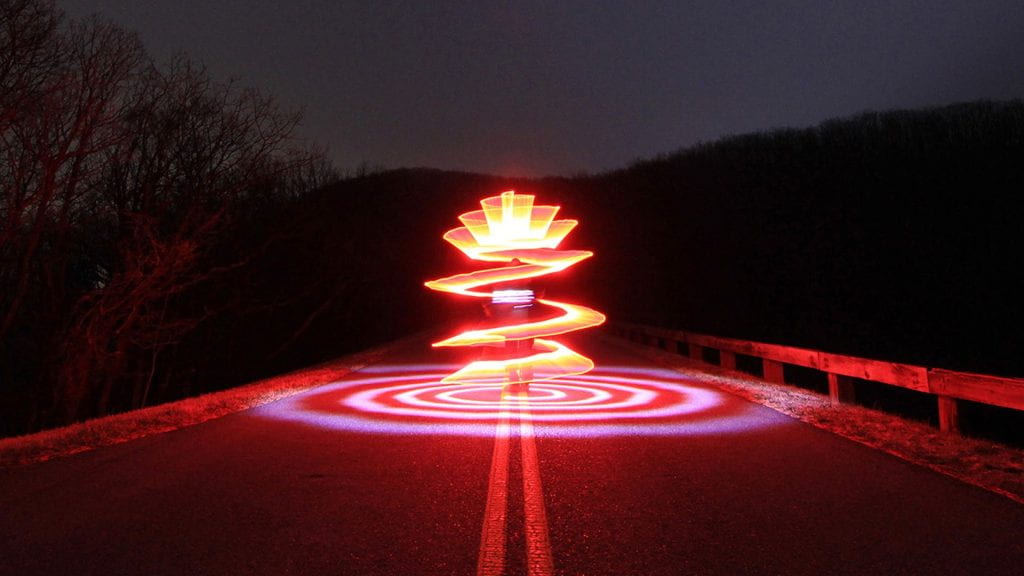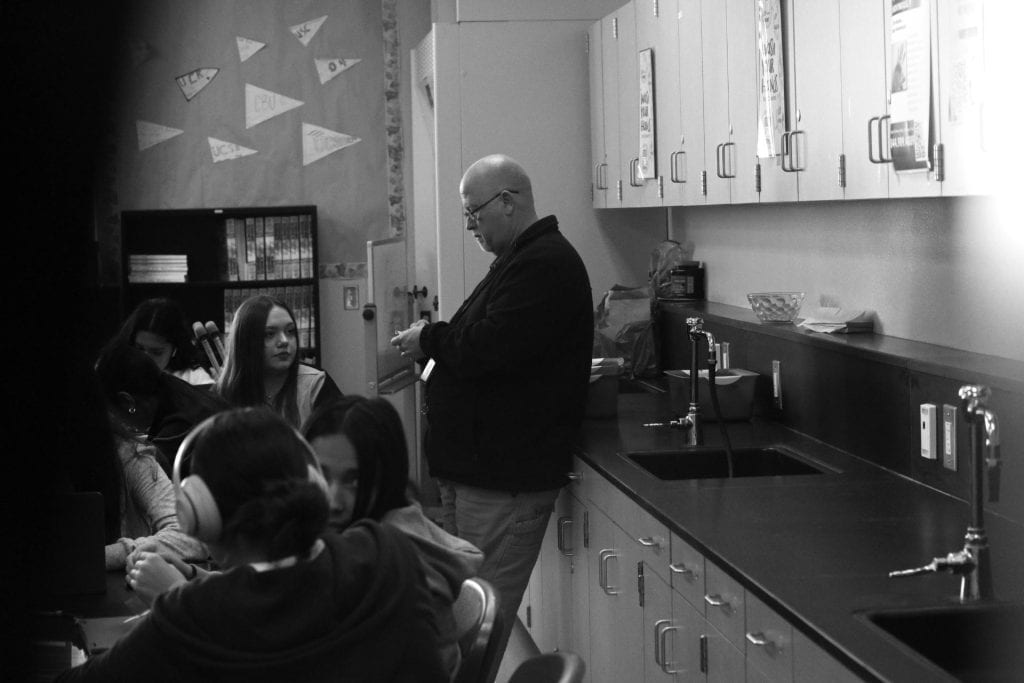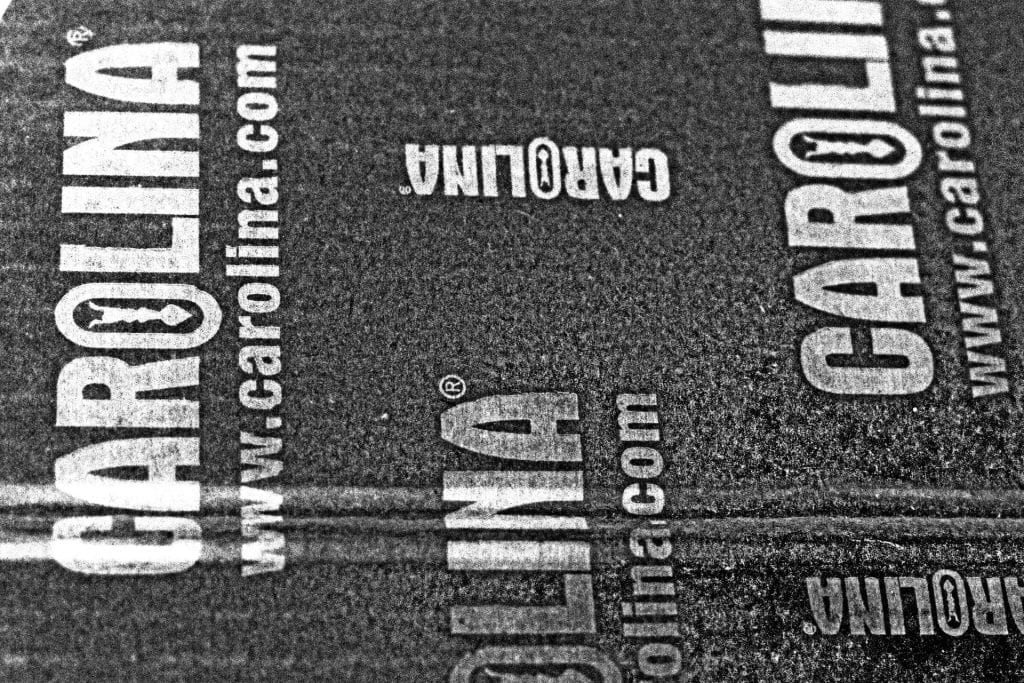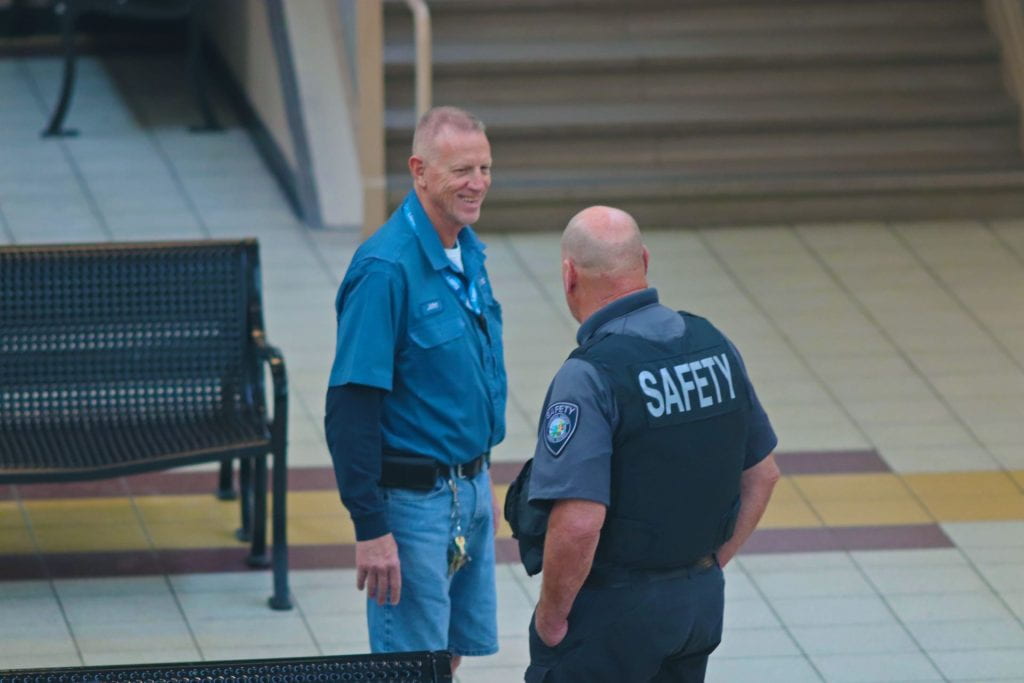
Two school workers having a conversation during class.
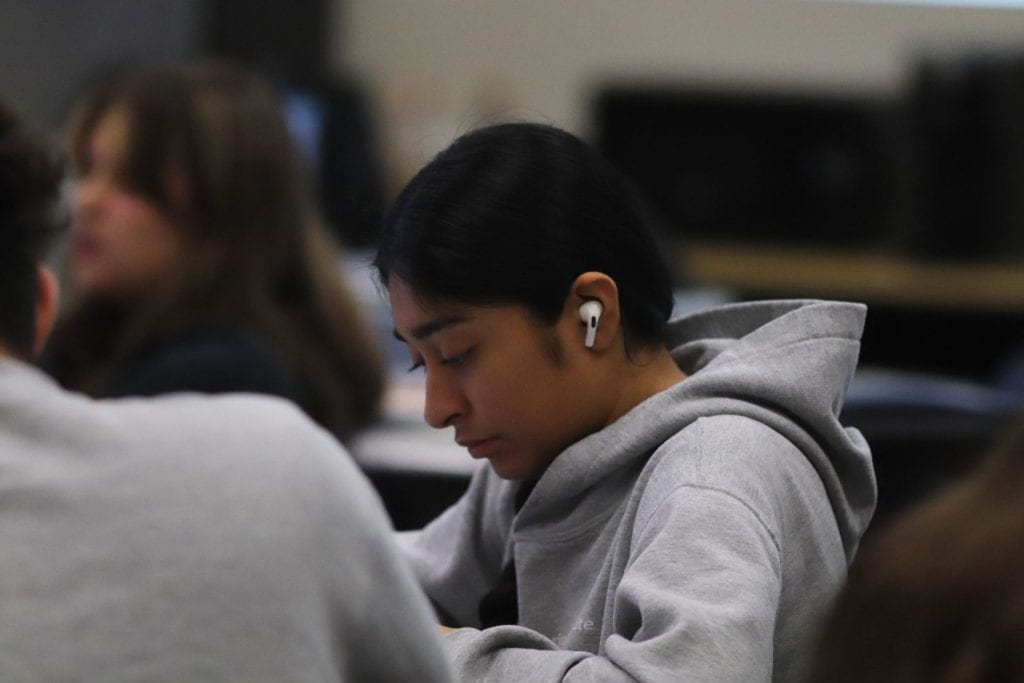
A girl stressed about her school work in class
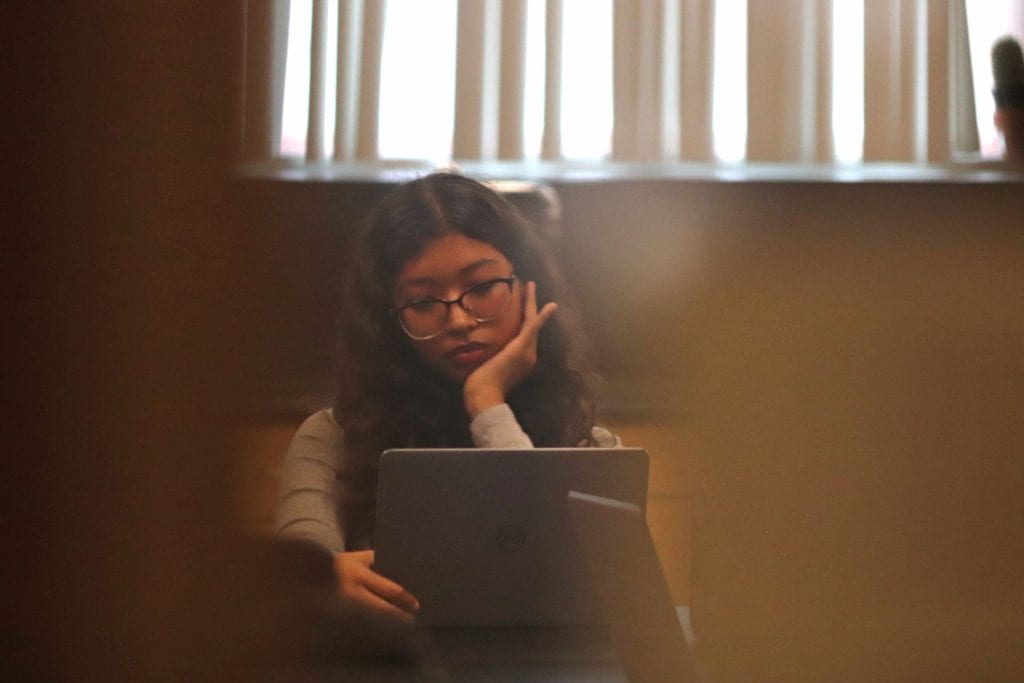
A girl looking at her laptop in class.
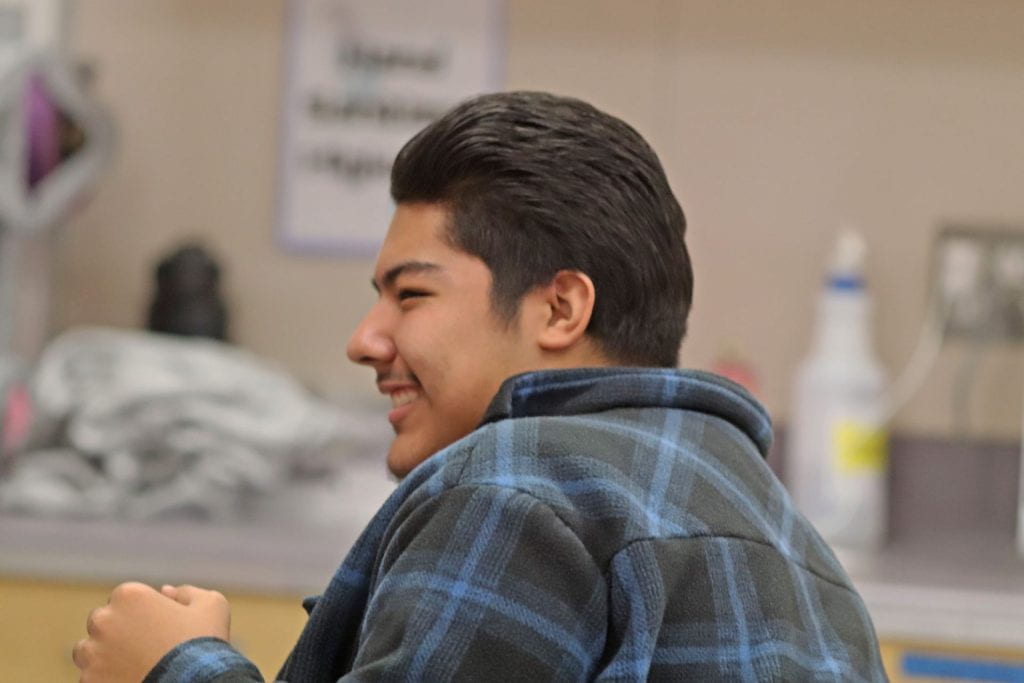
ASB student having a conversation with peers while making posters.
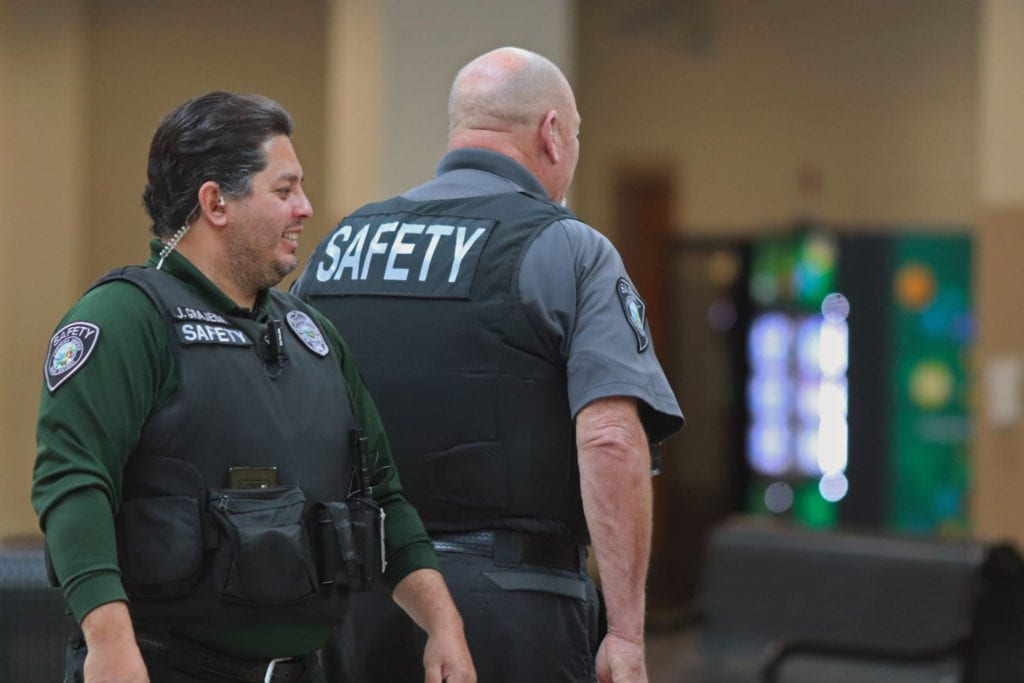
Two security guards joking about random stuff while roaming around the school.

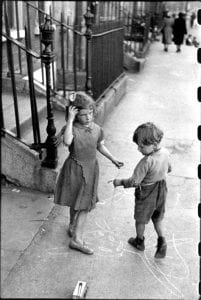
This photographers photos really caught my eye. Their timing for the photos seems perfect, especially with the first photo. They capured and really nice moment between 2 people. I also like it because not only did they get a nice moment, they also got the beautiful veiw in the back. Everything about that picture I enjoy. The second photo also is nice to me. It really captured the everyday life of these two children. It doesn’t feel like a rare moment when I see the photo. It feels like something I can see the kids doing again. Over all this photographer is very good at candid photos.
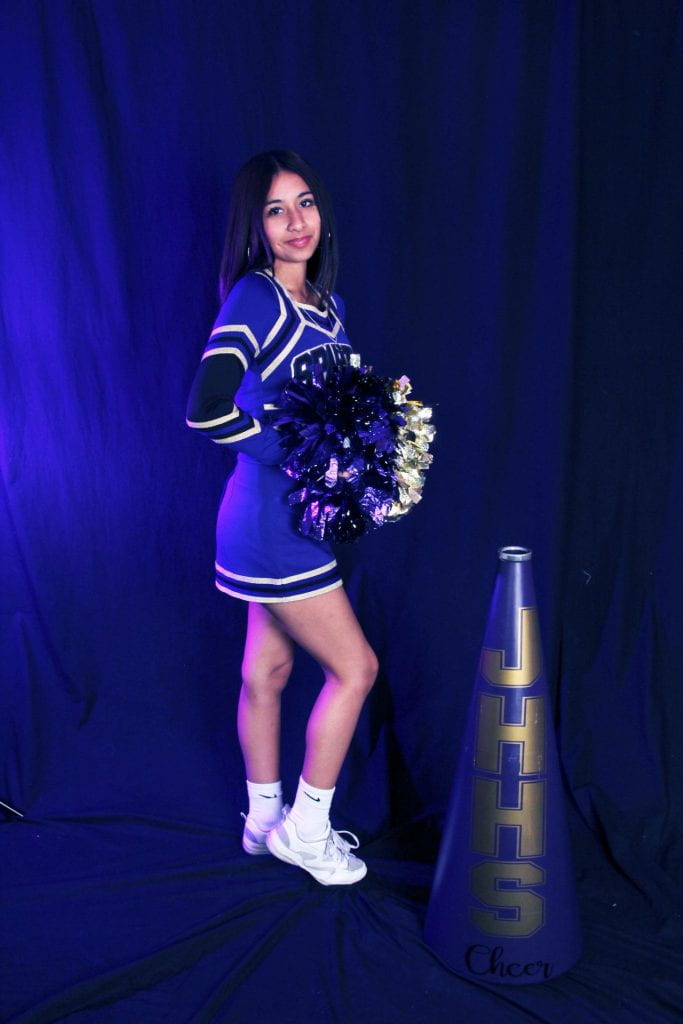
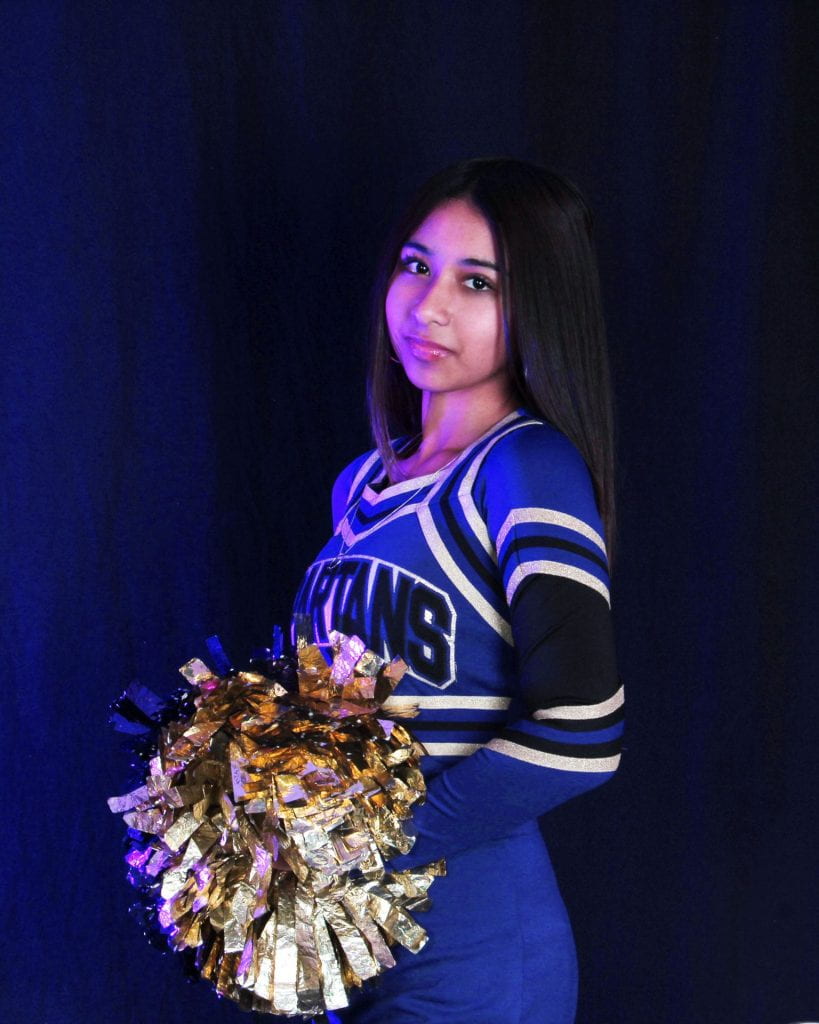
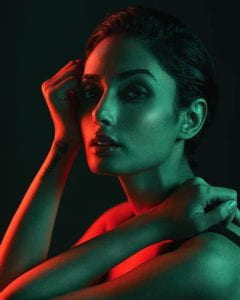 I think this portrait is very nice. I like how the photographer uses two different gel colors. The way the photographer took the picture makes the girl look very sophisticated. She also looks mysterious. The contrasting lights make me feel eerie as if in a scary movie.
I think this portrait is very nice. I like how the photographer uses two different gel colors. The way the photographer took the picture makes the girl look very sophisticated. She also looks mysterious. The contrasting lights make me feel eerie as if in a scary movie.







